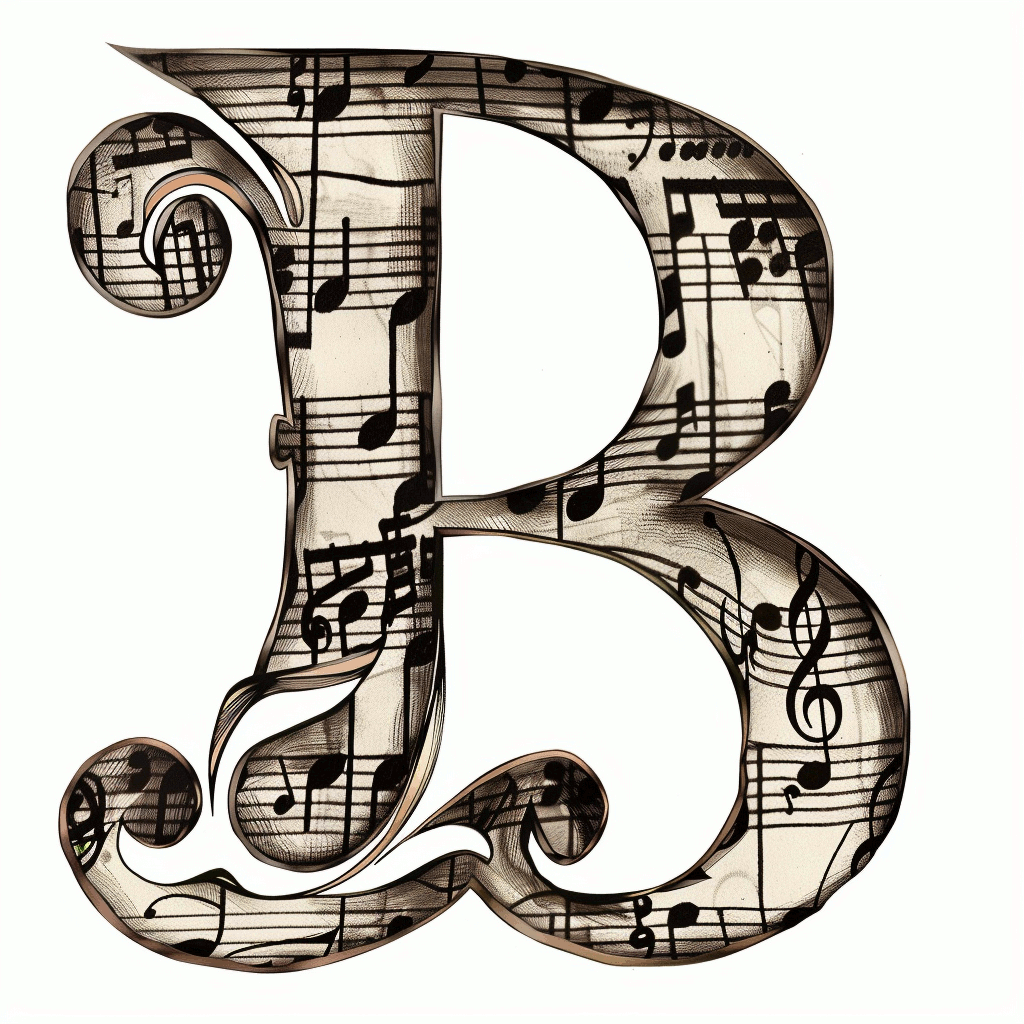Ever wonder how one of rock's most iconic guitar solos came together in a single session? Jimmy Page recorded the legendary "Stairway to Heaven" solo using his Fender Telecaster through a Supro amp and Echoplex delay, crafting an intricate performance despite minimal preparation. His session musician background enabled him to blend A minor pentatonic scales with advanced techniques like string bends, vibrato, and hammer-ons. The solo's structure methodically builds from acoustic elements to the iconic lead passage, establishing a blueprint that guitarists continue studying today. Read on to discover the techniques and equipment behind this masterpiece of rock guitar.
The Making of a Masterpiece
The iconic "Stairway to Heaven" guitar solo demonstrates how unplanned creativity can produce timeless music.
Jimmy Page created the legendary recording through his Telecaster guitar, which provided the signature sharp tone that defined the sound.
The recording session, overseen by engineer Andy Johns, involved multiple attempts until Page achieved the spontaneous performance that would become one of rock music's most celebrated moments.
His minimal preparation and reliance on natural inspiration resulted in a guitar solo that has influenced generations of musicians and remains a cornerstone of rock history. As a session musician before Zeppelin, Page had developed the improvisational skills that would prove essential for creating this masterpiece.
Page's Guitar Arsenal
Jimmy Page utilized multiple signature guitars to create the distinctive layered sound of "Stairway to Heaven."
The studio recording evolved through several instruments, starting with the Harmony Sovereign H1260 acoustic guitar for the opening passages. Page then incorporated the Fender XII 12-string electric guitar for added texture, before reaching the climactic solo performed on his 1959 Telecaster known as "The Dragon."
When performing the song live, Page switched to the Gibson EDS-1275 doubleneck guitar to accommodate the track's varied guitar parts in a single instrument. His extensive session musician background heavily influenced these creative choices in both recording and performance. The iconic guitar solo became one of rock's most recognizable passages and helped establish Led Zeppelin's enduring legacy.
Inside the Recording Session
Jimmy Page recorded the iconic guitar solo for "Stairway to Heaven" through an intensive studio session that challenged his musical abilities.
The legendary guitarist selected his Telecaster guitar to capture its signature sound characteristics while working on the track. Engineer Andy Johns observed as Page's initial struggles eventually led to a breakthrough performance.
The recording process involved tension and multiple attempts, yet the final result emerged from Page's spontaneous playing style, combining technical mastery with raw emotion.
The unplanned nature of the performance ultimately produced one of rock music's most celebrated guitar solos, demonstrating Page's ability to merge precise musicianship with instinctive creativity in the studio environment.
Musical Composition and Structure
"Stairway to Heaven" demonstrates sophisticated musical composition through its three-part structure and strategic harmonic progression.
The musical piece connects its elements through a thoughtful design, where each section builds upon the previous one. The opening features acoustic guitar work paired with recorder melodies, transitioning into an electric guitar-driven middle section. Jimmy Page recorded three improvised solos for the iconic guitar section.
The finale showcases an intricate guitar solo performed over a specific chord sequence of Am-C/G-Fmaj7. The composition achieves its emotional depth through carefully placed chord changes, with D major and F chords creating dramatic tension throughout the piece.
Technical Brilliance Behind the Solo
Jimmy Page's technical mastery in the "Stairway to Heaven" solo represents a pinnacle of guitar virtuosity.
Page's performance connects the A minor pentatonic scale with sophisticated fingering methods, producing an emotionally resonant composition.
His guitar work incorporates deliberate string manipulation through bends and vibrato, while his technical prowess manifests in precise hammer-ons and pull-offs. The solo's fluidity is enhanced through sliding from 8 to 10 on the B string during key transitions.
The fretboard navigation demonstrates advanced string-skipping techniques, all captured in a session marked by spontaneous creativity rather than extensive rehearsal.
Studio Equipment and Sound Setup
The iconic sound of "Stairway to Heaven" was created through specific studio equipment and instrument combinations.
Jimmy Page connected his 1959 Fender Telecaster to a customized Supro combo amplifier, which generated the distinctive bright and warm tones in the guitar solo.
The recording's rich texture emerged from multiple guitar layers, with the Harmony Sovereign H1260 and Fender Electric XII providing foundational elements, while an Echoplex tape delay system contributed the atmospheric qualities that defined the track's signature sound. During live performances, Page relied on his iconic Gibson EDS-1275 Double Neck to seamlessly transition between the song's acoustic and electric sections.
Live Performance Evolution
The live performances of "Stairway to Heaven" evolved substantially from 1971 to its later years, featuring significant changes in style and execution.
The song's journey began with its debut at the Paris Theatre, where the band delivered emotionally charged, unpolished versions that captured raw energy.
Led Zeppelin refined their approach through the mid-1970s, with Jimmy Page developing more sophisticated guitar solos and the band incorporating specialized equipment like the double-neck Gibson EDS-1275 and Mellotron to capture the recording's layered sound.
Their live renditions regularly expanded beyond the original length, often exceeding 10 minutes as the group incorporated creative improvisations and musical explorations into the performance structure. The 1975 performance at Earl's Court stood out particularly for its remarkable guitar improvisation.
